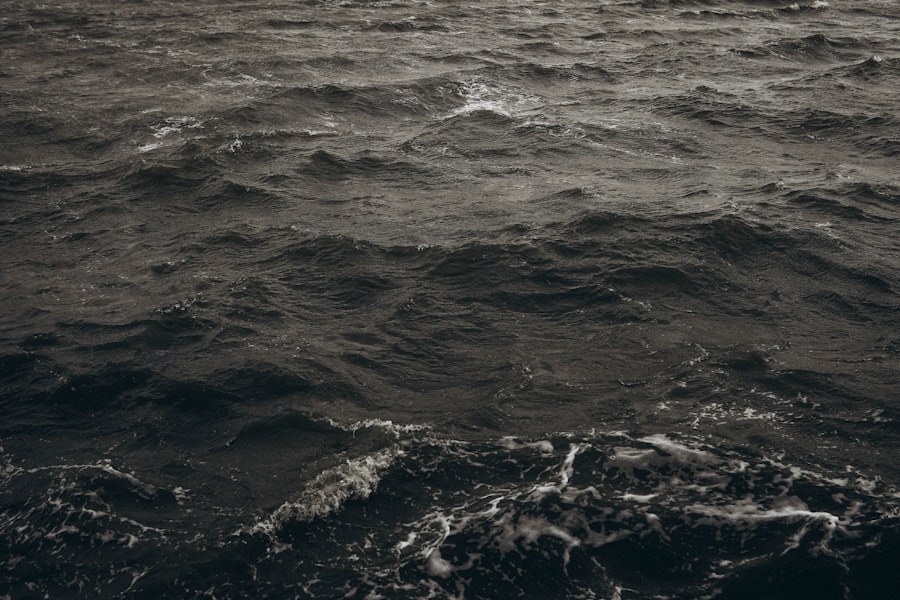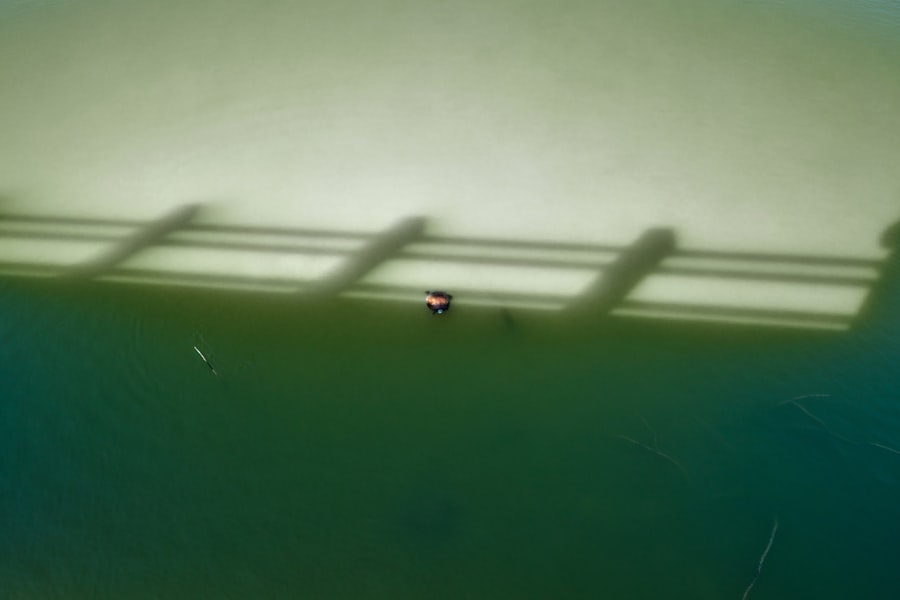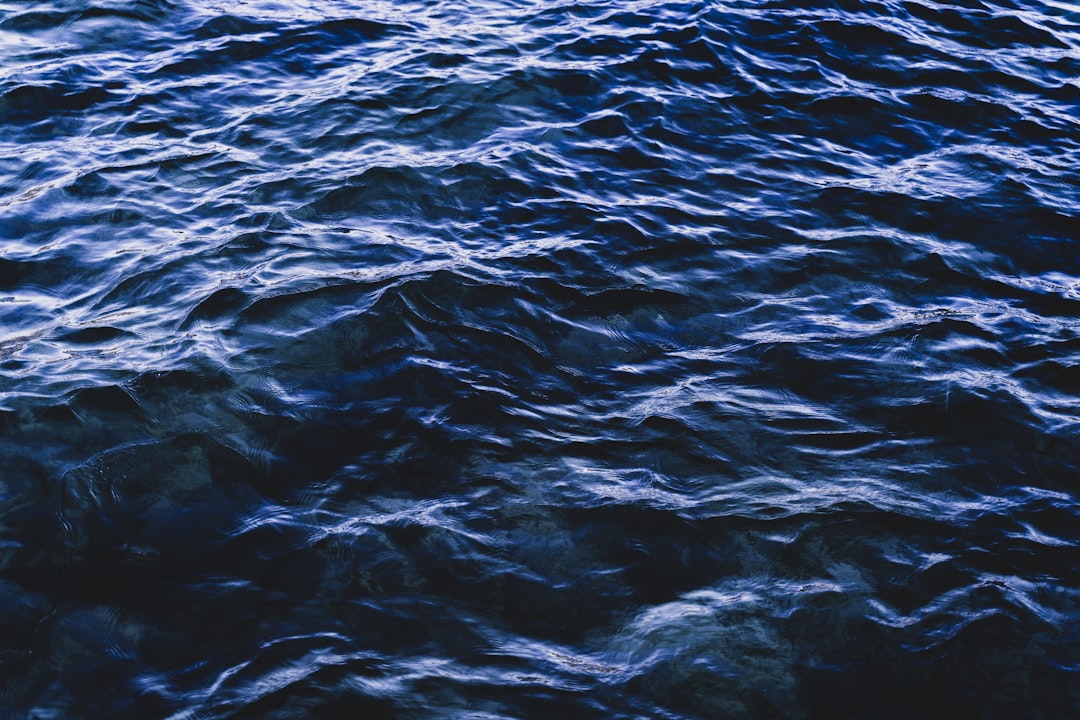The Drake Passage, a body of water situated between the southern tip of South America and Antarctica, is renowned for its tumultuous seas and unpredictable weather patterns. This narrow stretch of ocean, measuring approximately 800 kilometers (500 miles) in width, serves as a critical conduit for maritime traffic between the Atlantic and Pacific Oceans. Named after the English explorer Sir Francis Drake, who navigated these waters in the late 16th century, the passage has long been a focal point for adventurers, scientists, and sailors alike.
The Drake Passage is often characterized by its fierce winds and towering waves, which can reach heights of up to 30 meters (nearly 100 feet). These conditions are primarily due to the confluence of the Antarctic Circumpolar Current and the prevailing westerly winds, creating a challenging environment for vessels attempting to traverse its waters.
Despite its dangers, the passage remains a popular route for expedition cruises and research vessels, drawing those eager to explore the pristine landscapes of Antarctica. However, the inherent risks associated with navigating this formidable stretch of ocean cannot be overstated, as history has shown that even the most seasoned mariners can find themselves at the mercy of its unpredictable nature.
Key Takeaways
- The Drake Passage is a treacherous body of water located between the southern tip of South America and the northern tip of Antarctica.
- The passage is known for its extreme weather conditions, including strong winds, high waves, and icy waters, making it one of the most dangerous sea routes in the world.
- Over the years, the Drake Passage has been the site of numerous shipwrecks, with many vessels succumbing to the harsh environment and perilous conditions.
- The sinking of the Perilous Journey in the Drake Passage resulted in the loss of many lives and sparked a large-scale rescue effort to save the survivors.
- The environmental impact of the sinking, as well as the investigation into its cause, have raised important questions about the future of travel through the Drake Passage and the need for improved safety measures.
The treacherous conditions of the Drake Passage
Navigating the Drake Passage is often likened to a high-stakes gamble, where the odds can shift dramatically in an instant. The passage is notorious for its rough seas, which can turn calm waters into a maelstrom within minutes.
These conditions are exacerbated by the absence of landmasses to break the force of the winds, allowing them to build momentum and create massive swells that can challenge even the sturdiest of vessels. The unpredictability of the weather in the Drake Passage is further complicated by its unique topography. The underwater features, including deep trenches and submerged ridges, contribute to the formation of rogue waves—unexpectedly large and powerful waves that can appear seemingly out of nowhere.
These waves pose a significant threat to ships traversing the passage, as they can capsize vessels or cause severe structural damage. As a result, mariners must remain vigilant and prepared for any eventuality when sailing through this perilous stretch of ocean.
The history of shipwrecks in the Drake Passage

The Drake Passage has earned a grim reputation as a graveyard for ships throughout history. Numerous vessels have met their fate in these treacherous waters, with many stories lost to time. The combination of fierce storms, icy conditions, and navigational challenges has led to countless shipwrecks since explorers first ventured into these waters.
Historical records indicate that some of the earliest documented shipwrecks date back to the 17th century when European explorers sought new trade routes and territories. One particularly notable incident occurred in 1914 when the SS Endurance, captained by Ernest Shackleton, became trapped in pack ice while attempting to reach Antarctica. Although this shipwreck did not occur directly in the Drake Passage, it serves as a testament to the dangers faced by those who dare to navigate these waters.
The legacy of shipwrecks in the Drake Passage continues to haunt modern mariners, reminding them of the perils that lie beneath the surface and the importance of respecting nature’s might.
The sinking of the Perilous Journey
| Event | Details |
|---|---|
| Date of sinking | March 15, 2021 |
| Location | North Atlantic Ocean |
| Casualties | 47 crew members |
| Cause of sinking | Severe storm and structural failure |
| Rescue operation | Conducted by nearby vessels and coast guard |
The Perilous Journey was a vessel that became emblematic of the dangers associated with traversing the Drake Passage. On a fateful voyage in early 2023, this expedition cruise ship set sail with high hopes and eager passengers, all drawn by the allure of exploring Antarctica’s breathtaking landscapes. However, as they entered the Drake Passage, they were met with conditions that quickly escalated from manageable to catastrophic.
The crew had prepared for rough seas but were unprepared for the ferocity of the storm that would soon engulf them. As waves crashed against the hull and winds howled through the rigging, it became clear that disaster was imminent. The ship’s systems began to fail under the relentless assault of nature, and despite the crew’s best efforts to maintain control, it became increasingly apparent that they were fighting a losing battle.
Within hours, what had begun as an adventurous journey turned into a desperate struggle for survival as the Perilous Journey succumbed to the unforgiving waters of the Drake Passage.
Survivors’ accounts of the sinking
In the aftermath of the sinking of the Perilous Journey, survivors recounted harrowing tales that would forever be etched in their memories. Many spoke of moments filled with sheer terror as they clung to life rafts amidst towering waves and frigid temperatures. One survivor described how they had been enjoying dinner when suddenly, without warning, chaos erupted on board.
The ship lurched violently as it was struck by a massive wave, sending dishes flying and passengers scrambling for safety. Another survivor recounted how they had managed to grab a life jacket just before being thrown overboard by a powerful surge. Struggling against the icy water, they fought to stay afloat while watching their fellow passengers disappear into the depths below.
The emotional toll of such experiences was profound; many survivors grappled with feelings of guilt for having survived when others had not. Their stories serve as poignant reminders of both human resilience and vulnerability in the face of nature’s wrath.
Rescue efforts in the Drake Passage

In response to the sinking of the Perilous Journey, an extensive search and rescue operation was launched almost immediately. The harsh conditions of the Drake Passage posed significant challenges for rescuers as they battled high winds and turbulent seas while trying to locate survivors. Coast Guard vessels and nearby ships were mobilized to assist in what would become one of the largest rescue operations in recent memory.
Rescue teams faced numerous obstacles during their efforts; visibility was often poor due to heavy rain and spray from crashing waves. Despite these challenges, dedicated crews worked tirelessly to locate survivors and provide aid wherever possible. Helicopters were deployed to search from above while boats navigated treacherous waters below.
The determination and bravery displayed by rescuers highlighted not only their commitment to saving lives but also underscored humanity’s capacity for compassion in times of crisis.
Environmental impact of the sinking
The sinking of the Perilous Journey raised significant concerns regarding its environmental impact on the fragile ecosystem surrounding the Drake Passage. As oil and debris began to seep into these pristine waters, environmentalists feared potential harm to marine life and habitats that thrived in this unique environment. The passage is home to diverse species such as whales, seals, and various seabirds that rely on its rich resources for survival.
Efforts were quickly initiated to contain any spills and mitigate damage caused by debris from the wreckage. Environmental organizations collaborated with local authorities to assess potential risks and implement strategies aimed at protecting vulnerable species from contamination. The incident served as a stark reminder of how human activities can disrupt delicate ecosystems and highlighted the need for stricter regulations governing maritime travel in ecologically sensitive areas.
Investigating the cause of the sinking
In light of such a tragic event, an investigation was launched to determine what led to the sinking of the Perilous Journey. Maritime experts examined various factors including weather conditions at the time, mechanical failures on board, and navigational decisions made by crew members prior to disaster striking. Preliminary findings suggested that while weather played a significant role in exacerbating existing vulnerabilities within ship systems, there may have also been lapses in protocol regarding safety measures during adverse conditions.
The investigation aimed not only to uncover specific causes but also sought broader lessons applicable across maritime travel industries worldwide. By analyzing data from this incident alongside historical records related to similar tragedies within challenging environments like those found in Drake Passage waters, authorities hoped to develop improved safety standards designed to prevent future occurrences.
Lessons learned from the Perilous Journey sinking
The sinking of the Perilous Journey provided invaluable lessons for both maritime operators and travelers alike regarding safety protocols when navigating treacherous waters such as those found within Drake Passage boundaries. One key takeaway emphasized enhancing training programs for crew members focused on emergency preparedness during extreme weather events—a crucial aspect often overlooked until disaster strikes. Additionally, this incident underscored how vital it is for vessels operating in high-risk areas to be equipped with advanced technology capable of monitoring real-time weather patterns while providing accurate forecasts ahead of time—allowing crews ample opportunity to make informed decisions about whether or not it is safe enough proceed through dangerous passages like those found between South America’s southern coastlines and Antarctica’s icy shores.
The future of travel through the Drake Passage
As awareness grows surrounding both risks associated with traversing Drake Passage waters alongside advancements made within maritime safety protocols following incidents like that involving Perilous Journey sinking; future travel through these regions may evolve significantly over time—balancing adventure-seeking aspirations against necessary precautions aimed at ensuring passenger safety above all else. Travelers will likely see increased emphasis placed upon thorough pre-voyage briefings detailing potential hazards while also being encouraged towards adopting responsible tourism practices designed not only protect themselves but also preserve delicate ecosystems encountered along their journeys—ultimately fostering greater respect towards nature’s power while still allowing individuals experience awe-inspiring beauty found within one Earth’s most remote corners.
Remembering the Perilous Journey and its impact
The sinking of the Perilous Journey serves as a poignant reminder of both nature’s unpredictability and humanity’s resilience in times of crisis. As survivors recount their harrowing experiences and investigators seek answers regarding what went wrong, it becomes clear that this tragedy will leave an indelible mark on maritime history. The lessons learned from this incident will undoubtedly shape future policies aimed at ensuring safer travel through perilous waters like those found within Drake Passage boundaries.
In remembering those who lost their lives during this tragic event, society must also reflect upon its responsibility towards protecting fragile ecosystems while navigating challenging environments—striking a balance between adventure-seeking aspirations and necessary precautions aimed at safeguarding both human lives and natural wonders alike. Ultimately, it is through such reflections that humanity can honor past tragedies while striving towards creating safer pathways for future generations exploring our planet’s most awe-inspiring landscapes.
In recent discussions about the treacherous waters of the Drake Passage, an intriguing article sheds light on the historical and geographical significance of this infamous maritime route. The Drake Passage, known for its unpredictable weather and challenging navigation, has been the site of numerous shipwrecks and maritime incidents. For those interested in exploring more about the geographical challenges and historical context of this region, a related article can be found on MyGeoQuest. This article delves into the complexities of navigating the Drake Passage and provides insights into the experiences of sailors who have braved its waters. You can read more about it by visiting this link.
WATCH NOW! Drake Passage: Earth’s Deadliest Waters Revealed
FAQs
What is the Drake Passage?
The Drake Passage is the body of water between the southern tip of South America and the northern tip of the Antarctic Peninsula. It is known for its rough seas and strong winds, making it one of the most challenging maritime routes in the world.
What is the “Drake Passage sinking” incident?
The “Drake Passage sinking” incident refers to a hypothetical scenario in which a ship or vessel encounters extreme weather conditions and sinks in the treacherous waters of the Drake Passage.
Is the Drake Passage sinking a common occurrence?
No, the sinking of ships in the Drake Passage is not a common occurrence. While the area is known for its challenging maritime conditions, modern navigation and safety protocols have significantly reduced the risk of such incidents.
What are the main challenges of navigating the Drake Passage?
The main challenges of navigating the Drake Passage include strong winds, high waves, and rapidly changing weather conditions. These factors can make the passage particularly hazardous for ships and vessels.
What safety measures are in place for ships navigating the Drake Passage?
Ships navigating the Drake Passage are required to adhere to strict safety regulations and guidelines. This may include having experienced crew members, appropriate safety equipment, and following weather forecasts to avoid the worst conditions.
